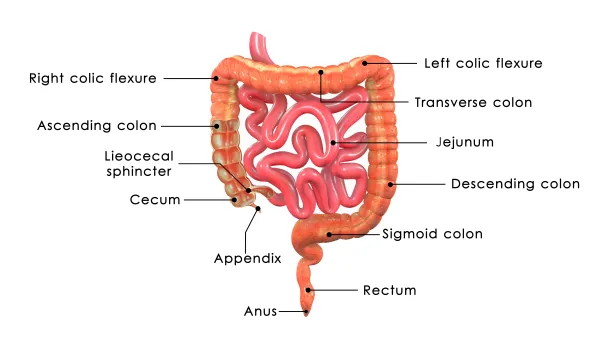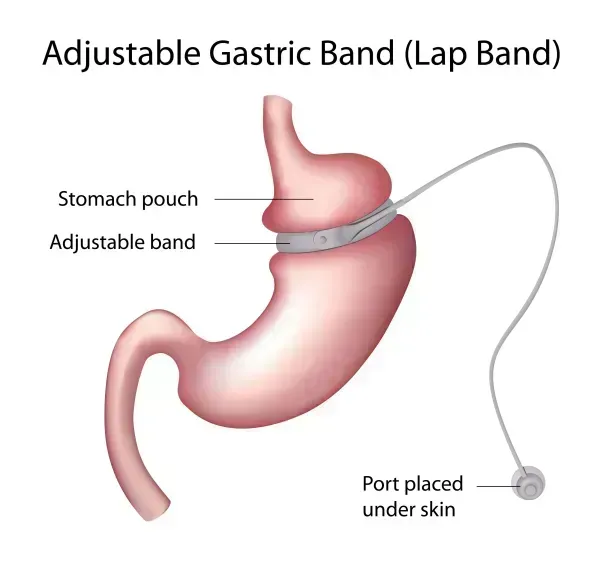Master Modifier 25 Essentials for Better Pay
Don’t conflate modifiers 57 and 25. Finding both an E/M service and a surgical procedure in your surgeon’s note isn’t a rare occurrence. But with modifier 25 (Significant, separately identifiable evaluation and management service by the same physician or other qualified health care professional on the same day of the procedure or other service) misuse a perennial favorite on the Office of the Inspector General’s (OIG’s) Work Plan, you need to conquer the rules of engagement to make sure you submit only clean claims. Beware: “The OIG reviews use of modifier 25, and may audit organizations that overuse the modifier,” says Marcella Bucknam, CPC, CCS-P, COC, CCS, CPC-P, CPC-I, CCC, COBGC, revenue cycle analyst with Klickitat Valley Health in Goldendale, Washington. You can expect similar scrutiny from Medicare Administrative Contractor [MAC] and Recovery Audit Contractor [RAC] audits, according to Bucknam. Check Out Modifier 25’s Function Before zeroing in on 25, you should recall the two functions of any modifier, according to CPT®: In other words, modifiers allow you to indicate when circumstances require a provider to change a service or procedure described by a specific CPT® code without changing the underlying code itself. This, in turn, enables payers to determine what the provider did and how, or even if, they should pay for that particular service. Because a surgical procedure necessarily involves some steps in common with an E/M service, payers consider the E/M bundled unless you can indicate otherwise. That’s where documentation and modifier 25 function to garner pay your surgeon deserves for separate services. Understand Modifier 25’s Misuse Reading the modifier descriptor gives you a peek at ways that you might misuse the modifier. If you don’t meet just one of the following criteria, you should not report modifier 25 on a claim: Example: Your office schedules a patient for a leg lesion removal, and the provider performs 11401 (Excision, benign lesion including margins, except skin tag (unless listed elsewhere), trunk, arms or legs; excised diameter 0.6 to 1.0 cm). “Billing a separate E/M service with modifier 25 in this scenario would not be appropriate,” explains Mary I. Falbo, MBA, CPC, CEO of Millennium Healthcare Consulting Inc. in Lansdale, Pennsylvania. “The lesion removal was the sole reason the patient came to the office. The provider did not perform a significant or separately identifiable E/M service, so you cannot charge for it.” Focus on Appropriate Modifier 25 Use If your surgeon’s note documents a separate history, exam, and/or medical decision making (MDM) that add up to a specific E/M level, and the note also documents a procedure, then you likely have a case for appending modifier 25 to the E/M service in question. You should note, too, that you don’t necessarily have to have a separate diagnosis to justify the E/M. Consider this scenario: An established patient presents with a 2 cm laceration to the forehead after falling from her bike just before arriving at your office. You review her vaccination record to make sure her tetanus shot is up to date, check the patient for headaches and nausea, palpitate and inspect the area around the laceration for any other deformity and, in the absence of any other problems, perform 12011 (Simple repair of superficial wounds of face, ears, eyelids, nose, lips and/or mucous membranes; 2.5 cm or less), giving the patient instructions to keep the bandage clean and dry and return in 10 days. “The clear extra and separate work the provider performs to identify the patient’s immunization status, possibility of a fracture, and concerns for a possible concussion, even though the other conditions are ruled out, documents that the physician provided separate work in addition to the laceration repair,” says Bucknam. “This means you can bill an E/M service separately using modifier 25.” Versus: “Contrast this with a note that says, ‘the patient presents with a laceration on the forehead, the wound is cleaned and examined, and five stitches are applied to close the wound.’ You would not be able bill for the E/M service in this case, not just because the length of the note but because no work is documented above and beyond the work involved in the procedure itself,” Bucknam reasons. Tip: Although the following questions don’t define a legitimate modifier 25 claim, answering yes to any of them might point you in that direction given appropriate documentation in the surgeon’s note: Consider Modifier 57 Coders often confuse modifier 57 (Decision for surgery) with modifier 25. But the case for 57 is slightly different — don’t use it when you encounter a significant, separately identifiable E/M that leads to a minor surgical procedure (global periods of 0 or 10 days). Although the distinction between modifier 25 and 57 was fairly clear in the past, whether you should currently use a 57 or 25 modifier on the E/M service is now dependent on the payer, according to Sharon Richardson, RN, consultant for Brault in San Dimas, California. Your best defense against miscoding is to “know your payers and their requirements,” she says. Look for more on modifier 57 in next month’s issue of General Surgery Coding Alert.




